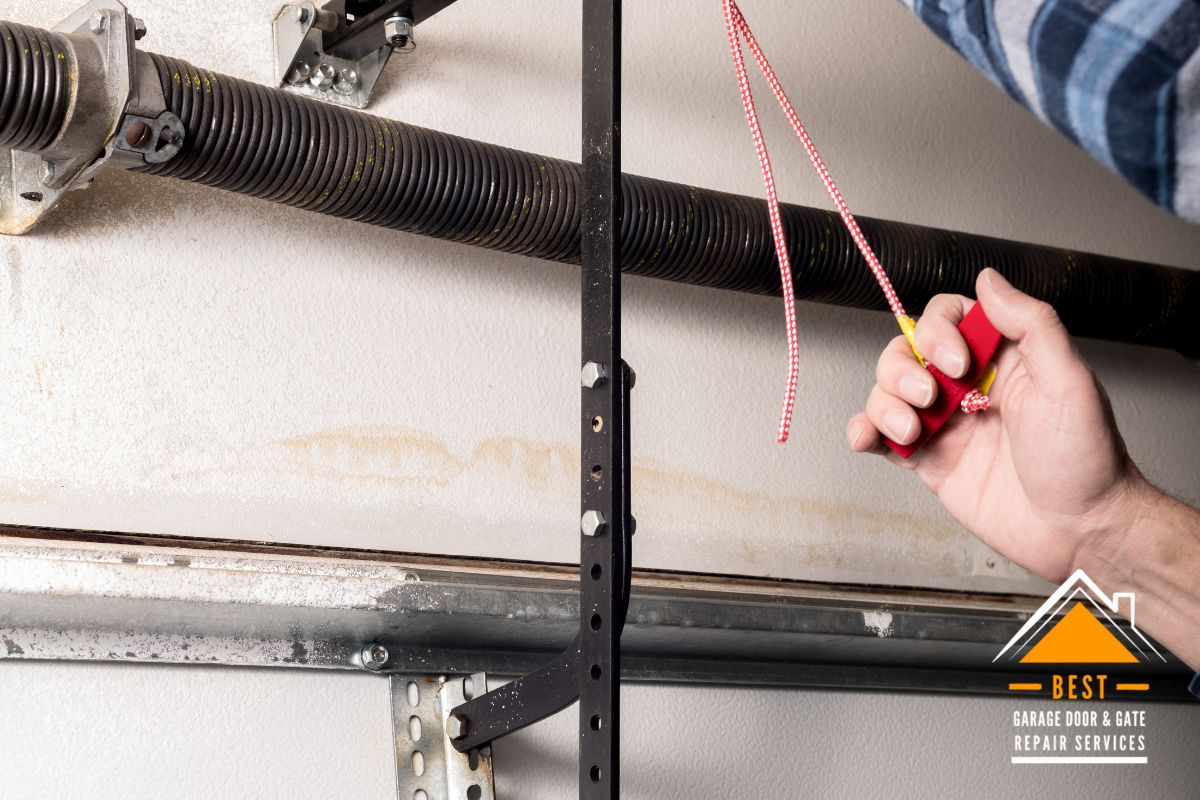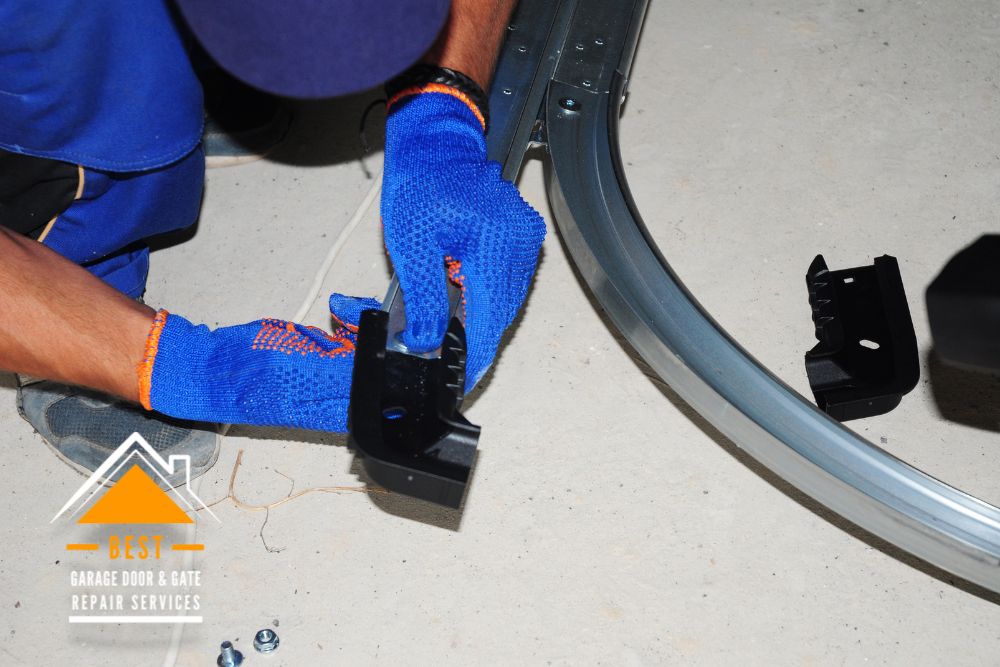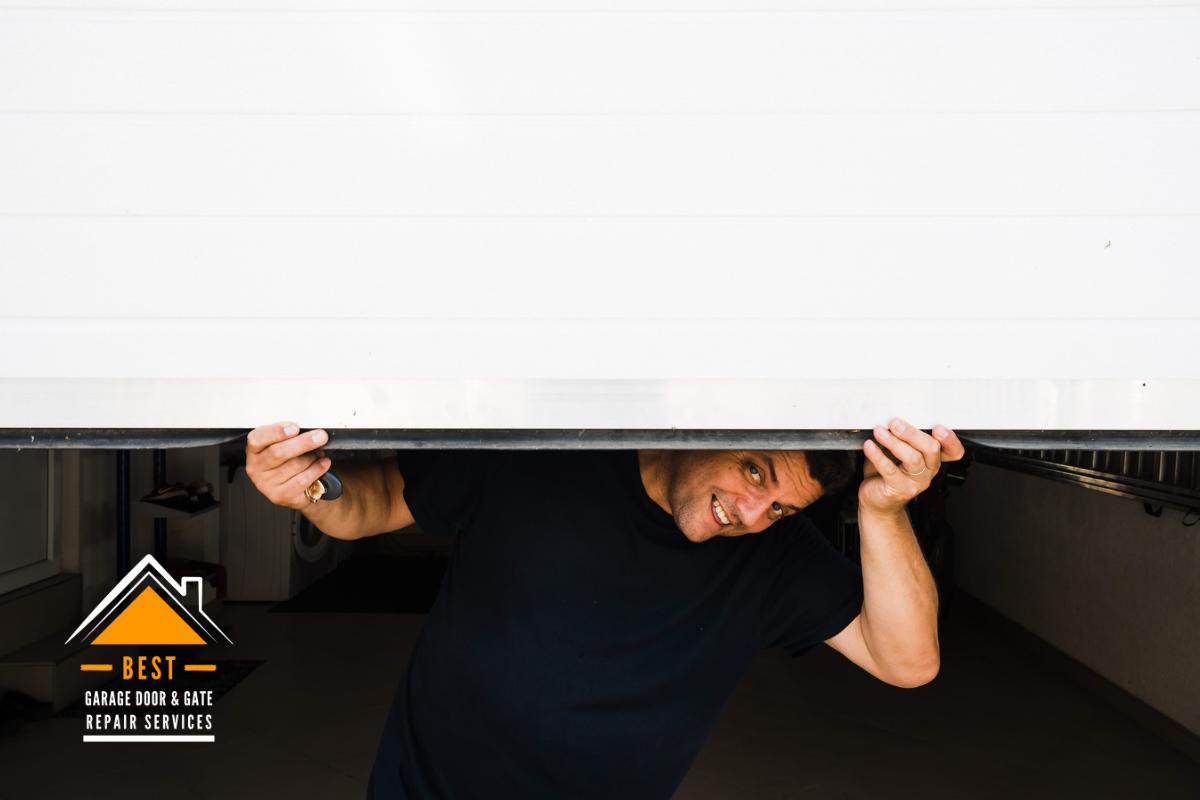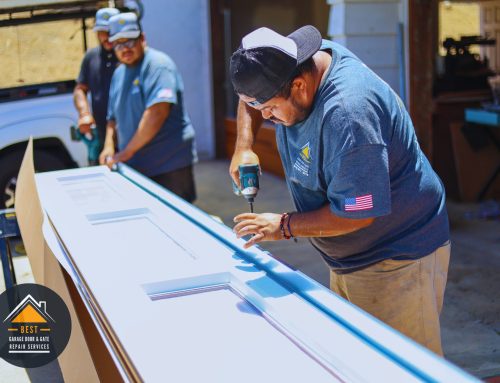Garage doors are constantly exposed to the elements, making them susceptible to rust, especially if they’re made of metal. Rust not only affects the appearance of your garage door but can also compromise its structural integrity and functionality.
Preventing rust involves a combination of Regular Maintenance, protective coatings, and prompt repairs. Here’s a comprehensive guide on how to prevent rust on your garage door.
Table of Contents
1. Choose Rust-Resistant Materials
Invest in Quality Materials
When installing a new garage door, consider materials that are less prone to rust. Aluminum, fiberglass, and vinyl are excellent choices as they are inherently resistant to corrosion. If you prefer the look and durability of steel, opt for galvanized or powder-coated steel doors, which offer better protection against rust.
Stainless Steel Components
For parts like hinges, bolts, and tracks, stainless steel is an excellent option because it is resistant to rust and corrosion. Using stainless steel hardware can significantly extend the life of these components and reduce maintenance efforts.

Choose Rust-Resistant Materials
2. Regular Cleaning
Wash Your Garage Door
Dirt, grime, and road salt can accumulate on your garage door and accelerate the rusting process. Regularly washing your garage door helps remove these corrosive substances. Use a mild detergent mixed with water and a soft brush or sponge to clean the surface. Rinse thoroughly with a hose and dry the door with a soft cloth to prevent water spots.
Seasonal Cleaning
In areas with harsh winters, road salt used for de-icing can splatter onto your garage door, leading to rust. Clean your garage door more frequently during these seasons to remove salt and other chemicals that may accelerate rust formation.
3. Apply Protective Coatings
Rust-Resistant Paint
Painting your garage door with rust-resistant paint provides an additional layer of protection. Choose a high-quality exterior paint designed for metal surfaces. Before painting, prepare the door by sanding any rough areas and applying a primer to ensure good adhesion. This protective coating acts as a barrier against moisture, which is a primary cause of rust.
Sealant or Wax
Applying a sealant or wax can further protect your garage door from moisture. These products create a waterproof barrier, reducing the likelihood of rust formation. Be sure to choose a sealant or wax that is compatible with your door’s material.
4. Inspect and Repair
Regular Inspections
Inspect your garage door regularly for signs of rust, scratches, or damage. Pay close attention to the bottom edge and areas around hardware, as these spots are more prone to rust. Catching rust early makes it easier to address and prevents it from spreading.
Prompt Repairs
If you notice any rust spots, address them promptly. Use a wire brush to remove the rust and sand the area until it’s smooth. Apply a rust-inhibiting primer and repaint the area to restore the protective coating. For deep or extensive rust damage, consider consulting a professional for repairs.

Inspect and Repair
5. Lubricate Moving Parts
Prevent Metal-on-Metal Contact
Lubricating the moving parts of your garage door, such as hinges, rollers, and tracks, reduces friction and prevents metal-on-metal contact, which can lead to rust. Use a silicone-based or lithium grease lubricant to keep these parts operating smoothly and protect against corrosion.
Regular Maintenance
Lubricate Your Garage door’s moving parts every six months or as needed. This simple maintenance task can significantly extend the life of these components and prevent rust from developing.

Lubricate Moving Parts
6. Control Moisture Levels
Ventilation
Proper ventilation in your garage helps reduce moisture levels, which can contribute to rust formation. Ensure that your garage has adequate airflow by installing vents or using dehumidifiers, especially if you live in a humid climate. Good ventilation also helps prevent condensation on the door’s surface, which can lead to rust.
Gutters and Drainage
Maintain the gutters and drainage systems around your garage to prevent water from pooling near the door. Ensure that gutters are clean and downspouts direct water away from the garage foundation. Proper drainage prevents water from seeping into the garage and causing rust.
7. Weather Stripping
Seal the Edges
Installing weather stripping around your garage door helps seal the edges, preventing water, snow, and debris from entering your garage. This not only helps in keeping your garage dry but also protects the door’s edges from rusting. Inspect and replace weather stripping as needed to ensure it remains effective.

Weather Stripping
8. Protective Measures During Storage
Store Vehicles and Equipment Properly
If you store vehicles or equipment that may have been exposed to salt or chemicals in your garage, be sure to clean them thoroughly before storage. This prevents corrosive substances from transferring to the garage door or floor, reducing the risk of rust.
Conclusion
Preventing rust on your garage door requires consistent care and attention. By choosing rust-resistant materials, regularly cleaning and inspecting your door, applying protective coatings, and controlling moisture levels, you can significantly extend the life of your garage door and maintain its appearance.
Implementing these preventive measures not only enhances the durability of your garage door but also helps maintain the overall value and aesthetics of your property. Regular maintenance and prompt repairs are key to keeping your garage door rust-free and functioning smoothly.






Leave A Comment